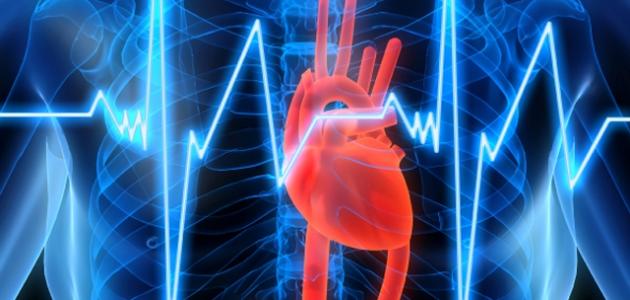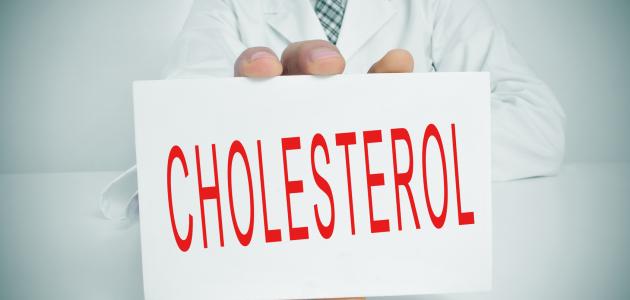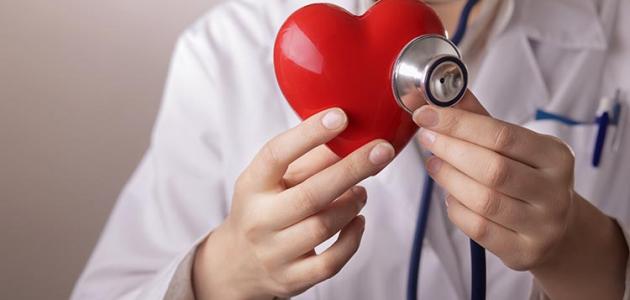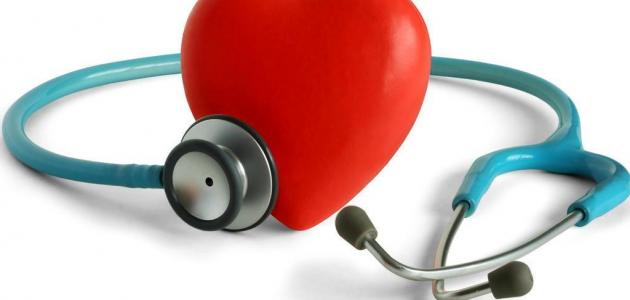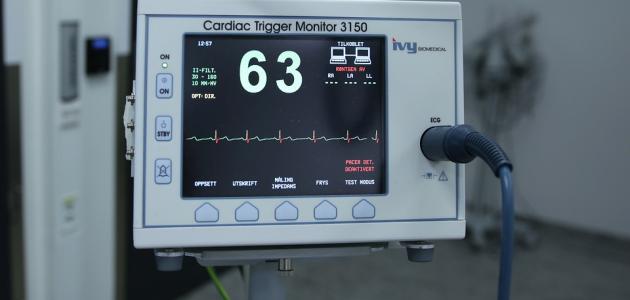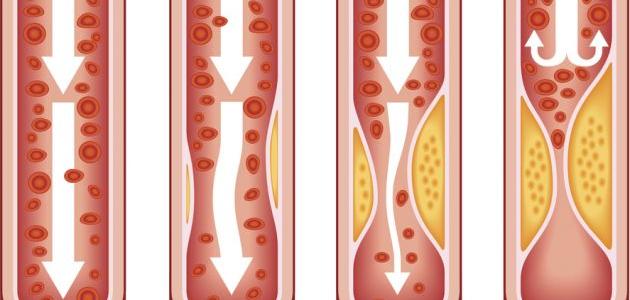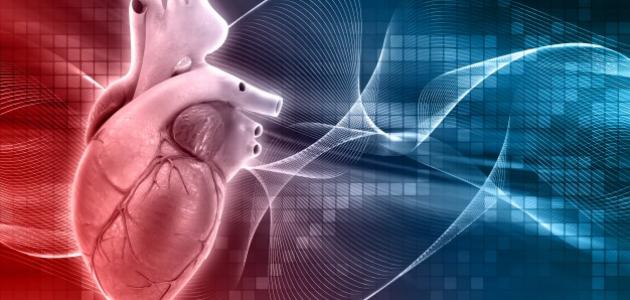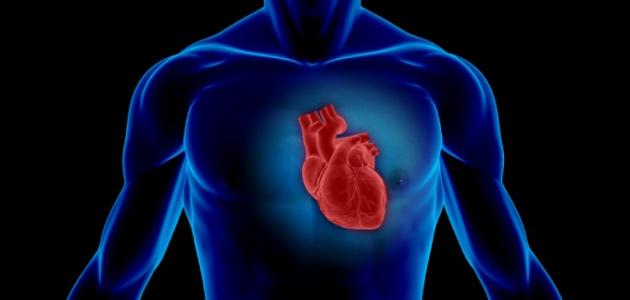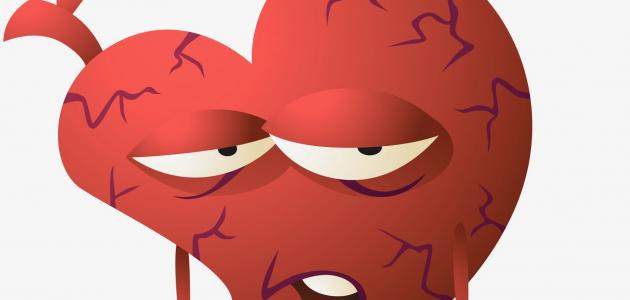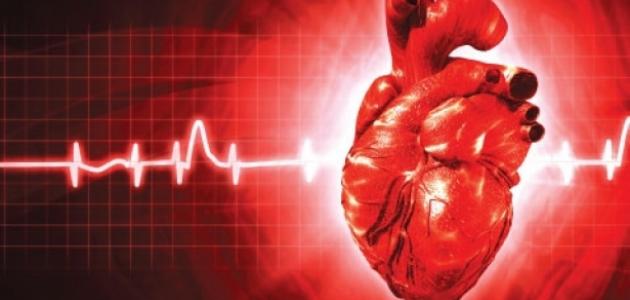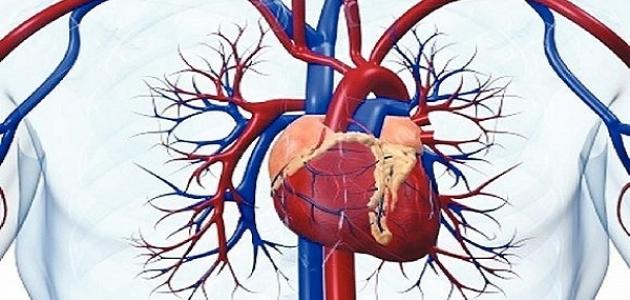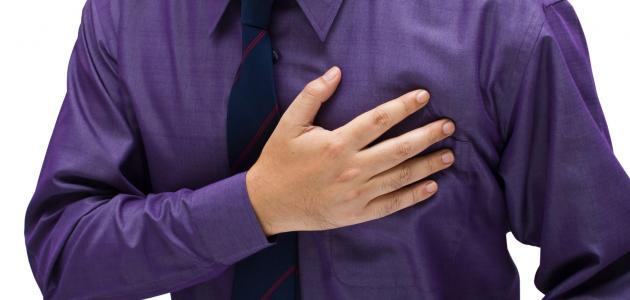Contents
Accelerated heart rate
Tachycardia can be defined as an increase in the heart rate of 100 beats per minute during rest, where the normal heart rate during the rest period ranges between 60-100 beats per minute, and the severity and severity of this condition depends on the main cause of the acceleration. Heart rate, and it may lead to an increased risk of some serious health complications in some cases, such as stroke and sudden cardiac arrest. [1]
Treating tachycardia
Treating tachycardia aims to treat the cause that led to this condition, and it should be noted that there are many treatment options that can be followed to treat the problem of tachycardia , but the choice of treatment depends on many factors. Including the cause of the condition, the age, and the general health of the person, and the doctor aims with treatment to slow the patient’s heart rate, prevent subsequent episodes of tachycardia, in addition to reducing the risk of health complications. Rapid heart rate: [1]
- Maneuvers vagus nerve: , which contributes to the vagus nerve in regulating heart rate, and include exercises that affect this nerve several behaviors, attempt cough , or bag put ice on the face of the person.
- Medicines: The patient is given certain types of drugs to treat this condition in the hospital, and they are antiarrhythmic agents that are taken orally or by injection, and in some cases it may require giving the patient more than one type of these drugs To control his condition, it should be noted that these drugs help to restore a normal heart rhythm, or to control the heart rate, or both.
- Evaluation Systems Cardiac: , this method is followed in the hospital, where the use of special patches for the transfer of electric shock to the heart, as it affects the electrical impulses of the heart and helps to restore normal rhythm.
Types of tachycardia
There are many different types of tachycardia, including the following: [2]
- Supraventricular tachycardia, this condition is characterized by the emergence of tachycardia from the upper chambers of the heart, as electrical signals are fired in these chambers abnormally, and this in itself affects the electrical impulses coming from the sinoatrial node responsible for the heart rate, and the acceleration of the heart rate in this case reduces the filling of the entire chambers of the heart between contractions, which causes poor blood flow to the rest of the body.
- Sinus tachycardia: , this case represents a natural increase in the heart rate, as the sending node sinoatrial electrical signals faster than usual, and thus beating heart speeds higher than the normal range, it should be noted that the heart beats properly during This kind of acceleration, and the occurrence of this condition can be attributed to many factors; Such as anxiety , fear, exposure to severe mental disorders, strenuous exercise , suffering from fever, and taking certain types of drugs and drugs, and this condition may occur as a result of other less common causes; Such as anemia , increased activity of the thyroid gland, heavy bleeding, or damage to the heart muscle as a result of a heart attack, or heart failure .
- Tachycardia: , heart rate acceleration arises in this case from the lower chambers of the heart of any ventricles, ranging from the severity of this type of acceleration between the simple cases that can live with, serious situations that may threaten the life of the injured person, and it should be noted In general, the risk of ventricular tachycardia depends on whether the person suffers from any other heart disease , in addition to the degree of ventricular tachycardia, and with regard to the details of the occurrence of this condition, it is represented by the abnormal release of electrical signals in the lower chambers, and this in itself affects In the electrical impulses coming from the sinoatrial node, this condition is due to many disturbances that affect the electrical conduction system of the heart.
Symptoms of a fast heart rate
Symptoms associated with tachycardia vary from person to person, and in some cases very rapid cases may not cause any symptoms to appear on the affected person, and there are some symptoms common to all different types of tachycardia, including the following: [3]
- Suffering from dizziness or lightheadedness.
- Feeling short of breath.
- Feeling of pain in the chest area.
- Suffering from heart palpitations.
- Incidence of loss of consciousness , or suffering from cardiac arrest, in some severe cases.
Diagnosis of tachycardia
There are many different diagnostic tests that can be used to help diagnose a patient with tachycardia, including the following: [3]
- Electrical ECG: , contributes to this planning in recording the electrical activity of the heart, it also helps the doctor to detect some heart disorders, and it should be noted that in some cases , a doctor may use Holter device; It is a portable device that records the heart's electrical signals over an entire day.
- Stress Heart: test , the doctor in this test to monitor the electrical activity of the patient 's heart during the gait on a dedicated device.
- Magnetic resonance imaging: This test measures the magnetic field of the heart muscle, to detect weakness in it.
References
- ^ A b "Everything You Need To Know About of tachycardia" , www.medicalnewstoday.com The , Retrieved 17-8-2018. Edited.
- ↑ "Tachycardia: Fast Heart Rate" , www.heart.org , Retrieved 8-17-2018. Edited.
- ^ A b "Tachycardia: Causes, Types, And the Symptoms" , the www.webmd.com , Retrieved 17-8-2018. Edited.
